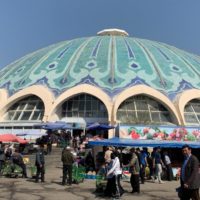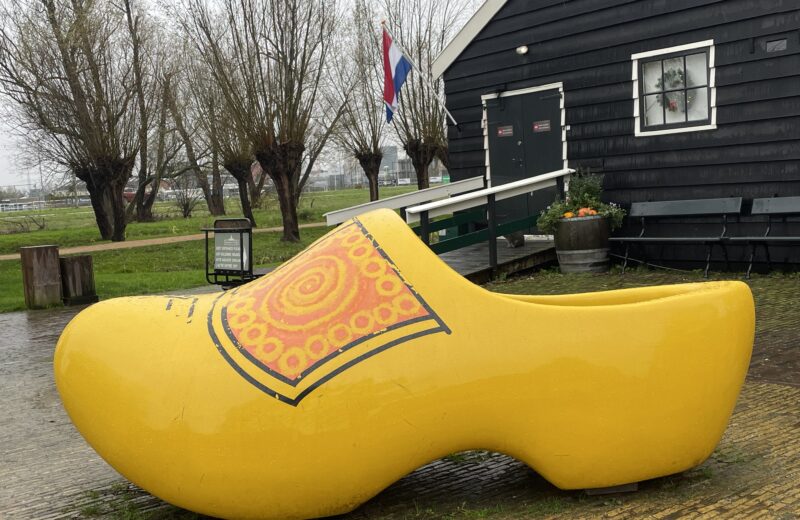I was attracted to the beautiful town of Giethoorn by all the pictures I saw of it – which made it seem like a modern fairytale. Naturally, I found myself here on the first chance and like all others, admired the beauty of this place immensely. There is, however one thing I must clarify – when I travelled to Giethoorn, (in the cold month of December), there were very few tourists, which meant I got the best of everything. But I have since heard that in the peak season, it can get very crowded, and you may end up waiting for some time to get a boat!
Go prepared to be amazed.
Giethoorn is about an hour and a half train ride from Amsterdam. I boarded the train to Steenwijk and thereon a bus (from behind the station) brought me to this lovely roadless village. I had every intention of walking on every one of its 180 bridges. Of course that was not to be, considering that rain played hide and seek, and it was simply wonderful enough to stay on the boat and enjoy the beauty of the village, admiring the houses and cottages (some of it have thatched roofs) feeling as though I had stepped back in time.
There were boxes of flowers on a few bridges connecting immaculately maintained houses with beautiful painted shutters and gorgeous gardens. The boatman-guide kept a steady stream of information flowing, although half of what he said was lost to my ears – such was the depth of absorption in its beauty. We glided on silently through the labyrinth of canals and swooping under the bridges that serve as walkways for pedestrians. Here and there, when the water isn’t crowded with boats, ducks coast along with you. They fit in perfectly with the atmosphere of the town.
Alongside, the few brave tourists sat by the canal and waved us on.
So, is Giethoorn is a town with no roads?
So, let’s burst the bubble here a little and get down to brass tacks. The answer to the questions is both yes and no.
The village of Giethoorn does have roads and carparks, but there is a large section in the middle that is only accessible by footpath or canal (which is where the boat comes in). It is highly likely that the photos you’ve seen has been taken along one main walking strip where there are a lot of canal-side cafes, shops and restaurants; as well as places you can hire whisper boats to explore the canals. Some of Giethoorn’s residents would only be able to access their house by canal too (an interesting event that must be), but yes, there are roads, so you can arrive by car and even park for free and then walk alongside the canals to see all the famous and most picturesque spots without renting a boat.
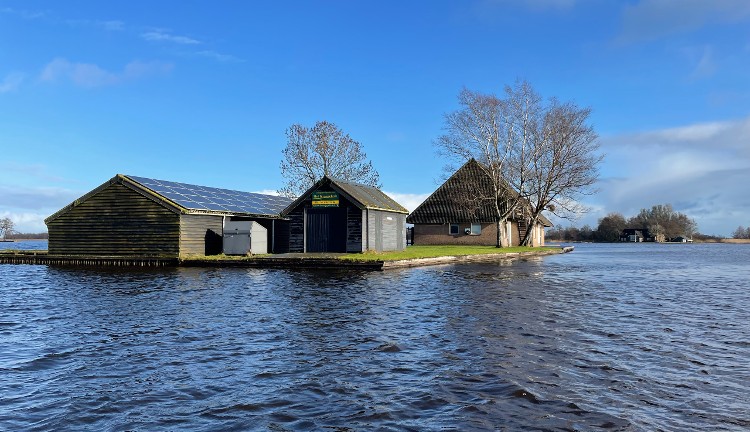
And while Giethoorn is idyllic, it is not entirely untouched. It has become quite a popular destination lately, so you might be in for some shock to see it packed with tourists with little or no experience in steering a boat knock into the sides of canals or into each other! So, to get a peaceful-looking photo of cottages by the water, you might have to wait your turn. The footpaths beside the canals are narrow and so many visitors randomly stop to take photos, and not moving out of the way of other pedestrians, that it also got a bit frustrating at times.
History and info on the village
Giethoorn also goes by the name of ‘Little Venice,’ and ‘The Venice of The Netherlands,’ and has a population of about 2,600. The language spoken in Giethoorn is Dutch. There are three neighborhoods connecting each other through the waterways. At the north end of Giethoorn is Noordeinde, in the middle is Middenbuurt and then Zuideinde. There are 180 bridges connecting all three, including stores and homes.
From the what the boatman-guide told me, and from what I gleaned from Google, there is a slight difference in the history of Giethoorn. The boatman’s version speaks of Franciscan monks who established this village in the 13th century, but some articles claim that the fugitives from the Mediterranean first settled in Giethoorn.
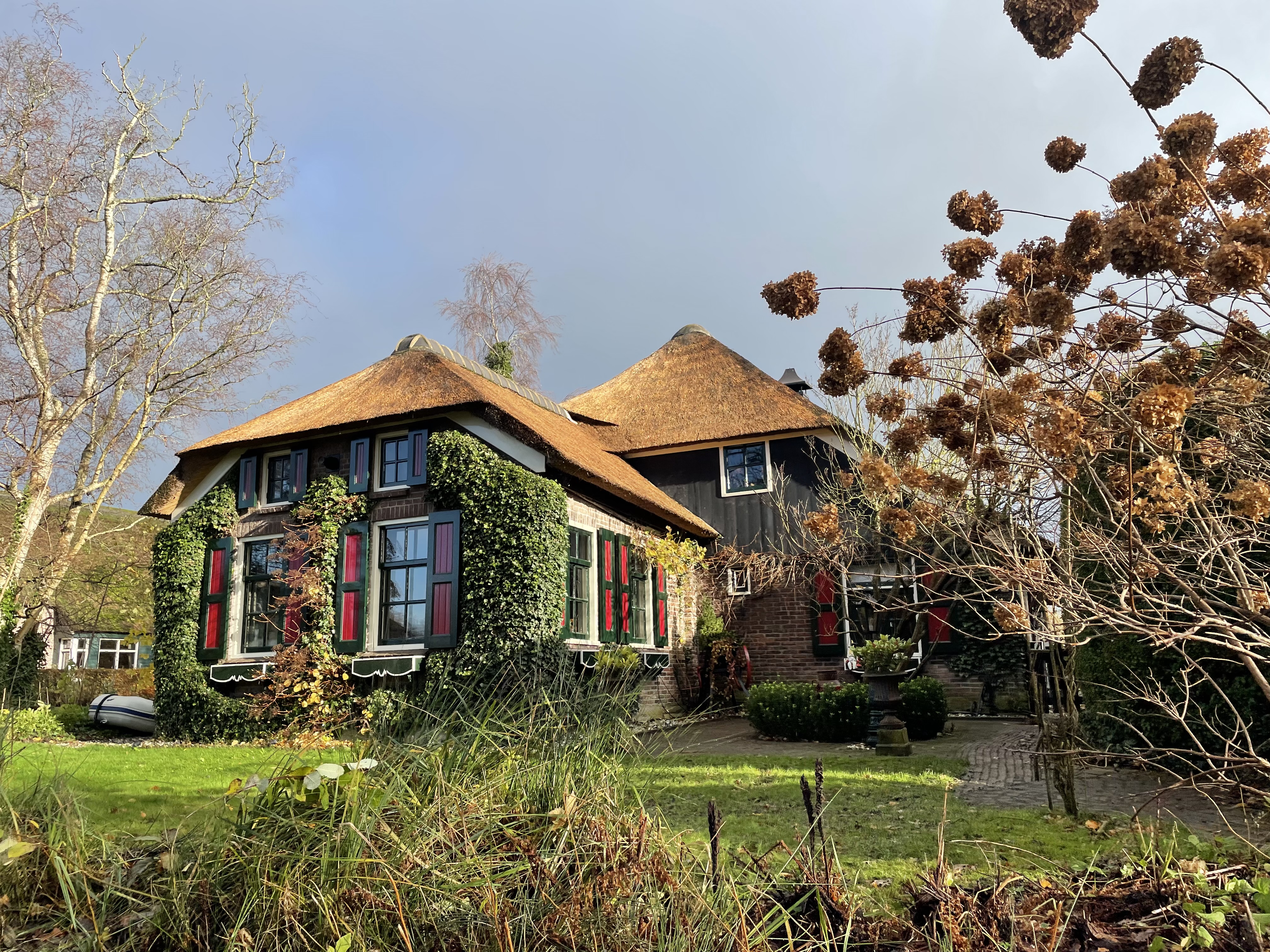
There is one thing common though – about how it got its name. It has to do with goats and peat. It is said that a large number of goat horns were found here – perhaps the result of the 1170 great flood. Hence the name Geytenhorn (meaning horn of goats) the name was later adapted as Giethoorn. The peat. Peat mining was very important in this area, as they dug it developed holes, which were expanded into canals, and the canals were then used to transport the peat.
The town of Giethoorn remained a little secret for centuries until a 1958 movie called Fanfare was produced there. The rest is history!
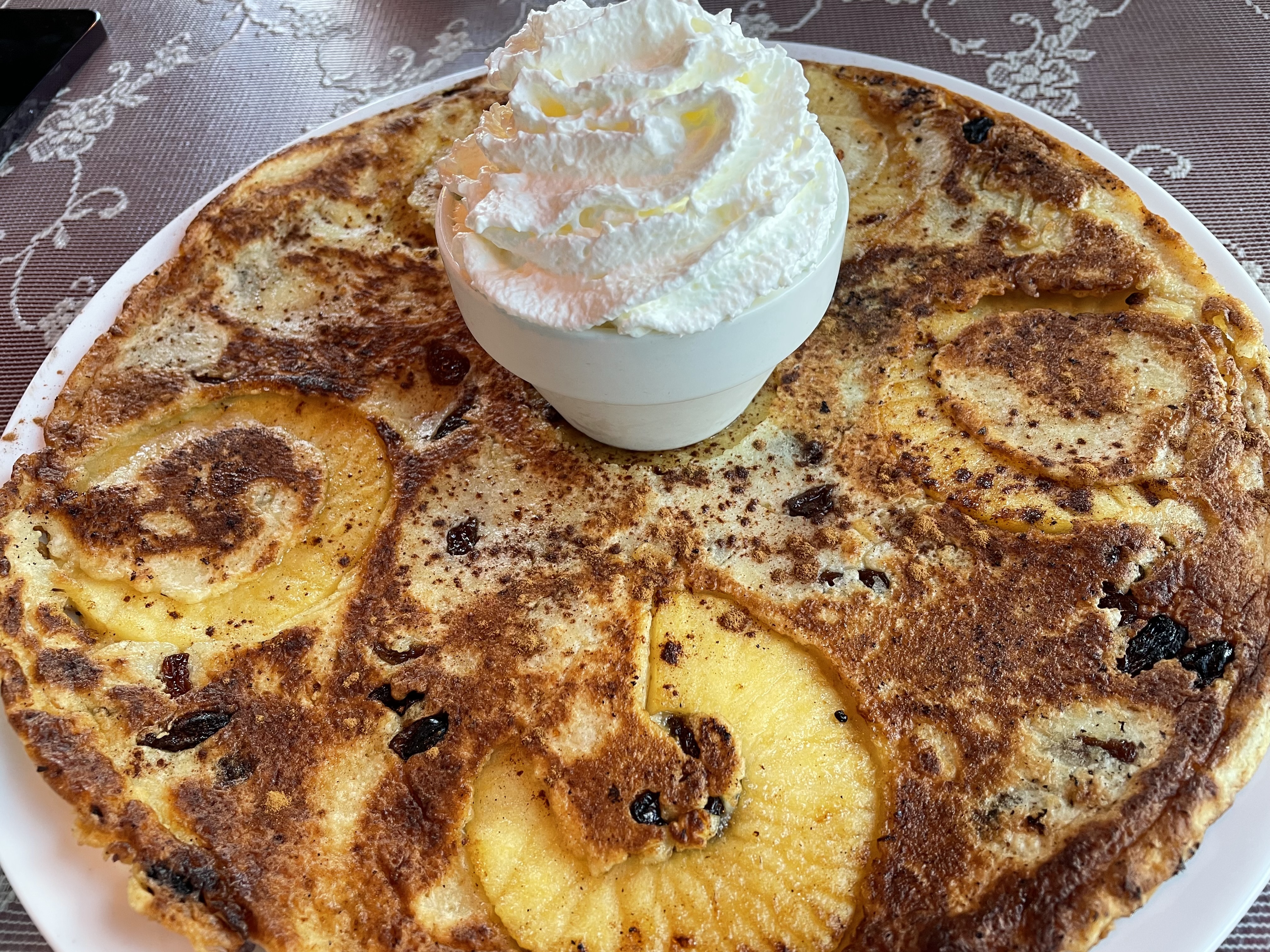
Most important thing here is respect.
Even gliding on waters of the canal, and later walking through the area admiring the neat houses made me feel as though I was intruding. The boatman had warned us about getting ‘too nosy’ and wandering into gardens of private homes. I believe he was right. It is of utmost important here to respect the privacy of residents.
Follow the signs posted everywhere. Private do not enter means just that. Stay out. Chains and/or gates on bridges mean that you should not pass. Keep the noise down. People live in those houses and would prefer some quiet. Why not? Screaming is not necessary, besides then you can’t hear the beautiful birds to go along with the views.
Appreciate the hard work that went into each person’s home. I did notice several residents not so happy with tourist invading their privacy or trying to climb over the gates or entering private canals.
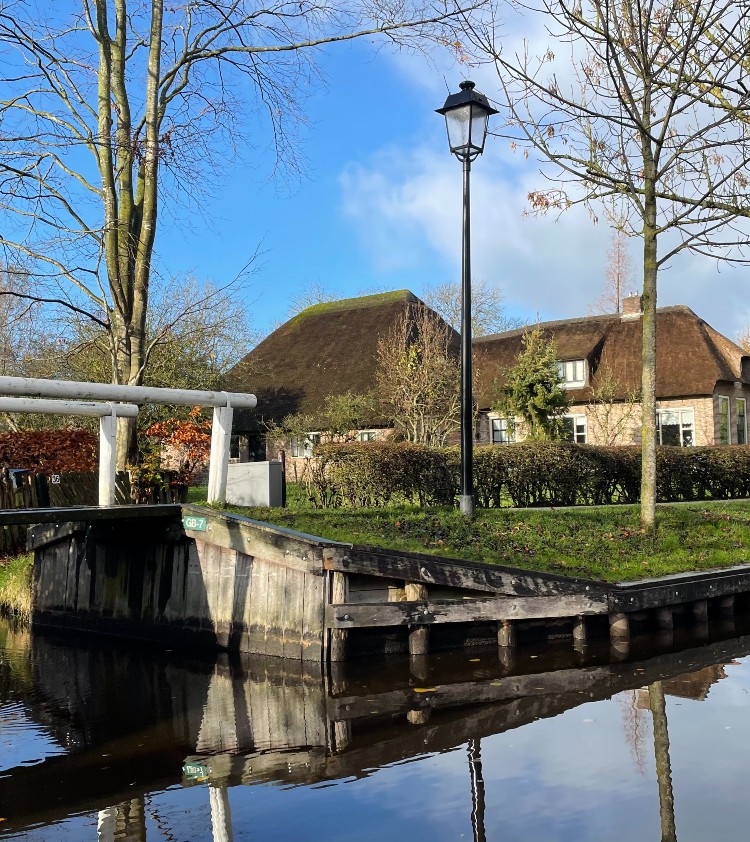
Giethoorn is popular, especially with Chinese tourists. The guide told me about the plan to make a mini version of Giethoorn in Shanghai. He jokingly said – “Some people really think Giethoorn is an amusement park or museum. They even walk into people’s houses or ask what time the city ‘closes.”
Giethoorn is a small village and not at all equipped to deal with the scores of tourists – a natural result of over-tourism. The locals are still dealing with the intense tourism pressure, so it is every travelers responsibility to prioritize the well-being of the local community.
How to preserve memories of Giethoorn
If you are also attracted to this fairytale town and impressed by the picturesque scenery of Giethoorn, and want to record these scenes and view them at any time, then Custom Enamel Pins are very suitable for you.
You can use pictures of Giethoorn’s unique cottages, beautiful paintings, shops on both sides of the canal, etc., as materials, choose the size and color you like, and design personal travel memory pins. The unique pins will make your trip more ceremonial.
While here –
- Give local people their space.
- Do not peer through windows or walk into private gardens.
- Avoid spoiling the quietness by talking too loudly or screaming
- Make way for the locals going about their daily business (especially in places where the walkway along the canals is too narrow)
- Don’t get too drunk and become loud and aggressive.
I suggest spending the night in town for two reasons – most of the day tripper would have left and secondly, you will get to experience the morning and evening in town – and that, trust me is the most magical part of the day. Of course, the shops will be closed, but just walking the town without the crowds will be well worth staying the night.
Also, there is no bigger magical experience than staying in one of the local hotel options.
USEFUL INFO
Getting there
You can get to Giethoorn is via public transport. Catch a train from Amsterdam to Steenwijk (probably with a train change halfway) and then a bus from Steenwijk into Giethoorn. This journey will take you around 2 hours. The other option is to drive yourself or join a tour.
Stay
There are some nice hotels and AirBnBs in Giethoorn. Most rooms include breakfast. You can easily rent a bike or a boat at the hotel.
What to do in Giethoorn
The main attraction is literally just to walk around, take pictures and admire the beauty, but you could also –
- Go on a boat cruise. The covered boat tours are also accessible for wheelchairs or people with small children in prams.
- Rent a whisper boat and head out over the canals.
- Eat: There are quite a few little cafes and restaurants lining the canals, make sure you check them out for a meal or just an ice-cream. Or pop into the Dutch cheese shop or picnic along the canal.
- Visit a museum or three: Giethoorn has a couple of small museums like ‘t Olde Mass Uus Museum which teaches you the history of Giethoorn.
- Walk around town. Stroll through the town to enjoy some shopping (support local artisans!) and great food as well.
“This article is now featured on https://www.gpsmycity.com. To download this article for offline reading or travel directions to the attractions highlighted in this article, go to Walking Tours and Articles in (city name) on GPSmyCity.”




